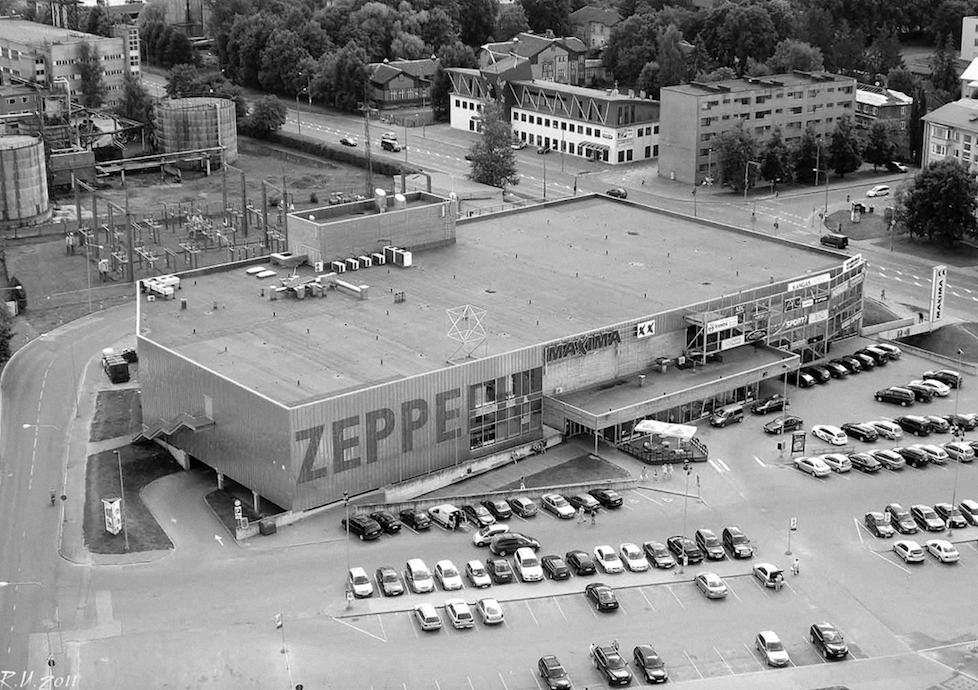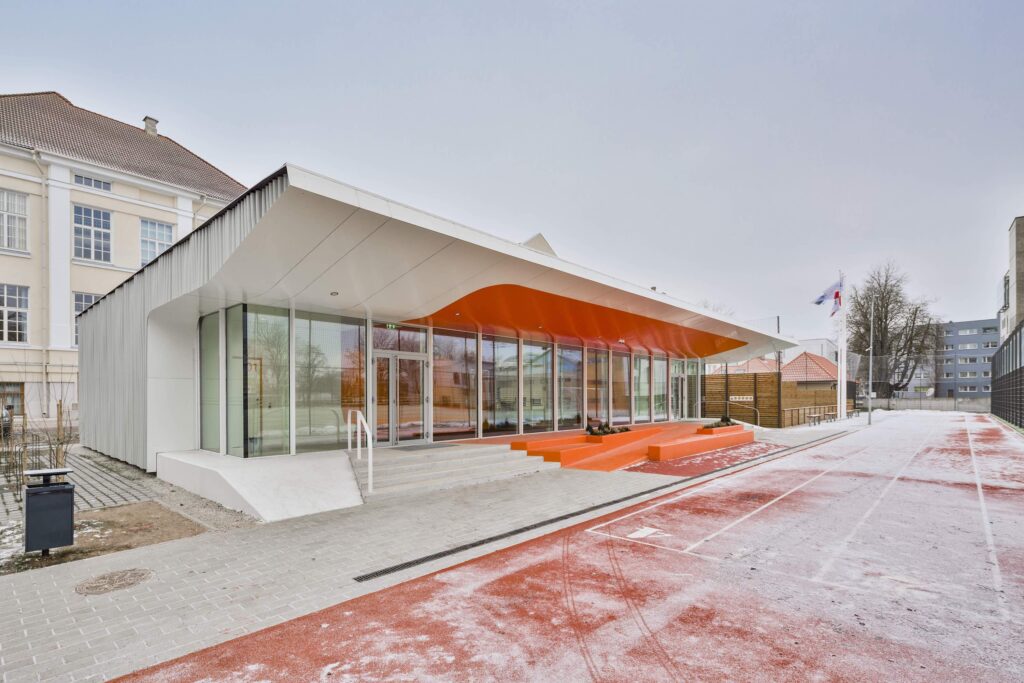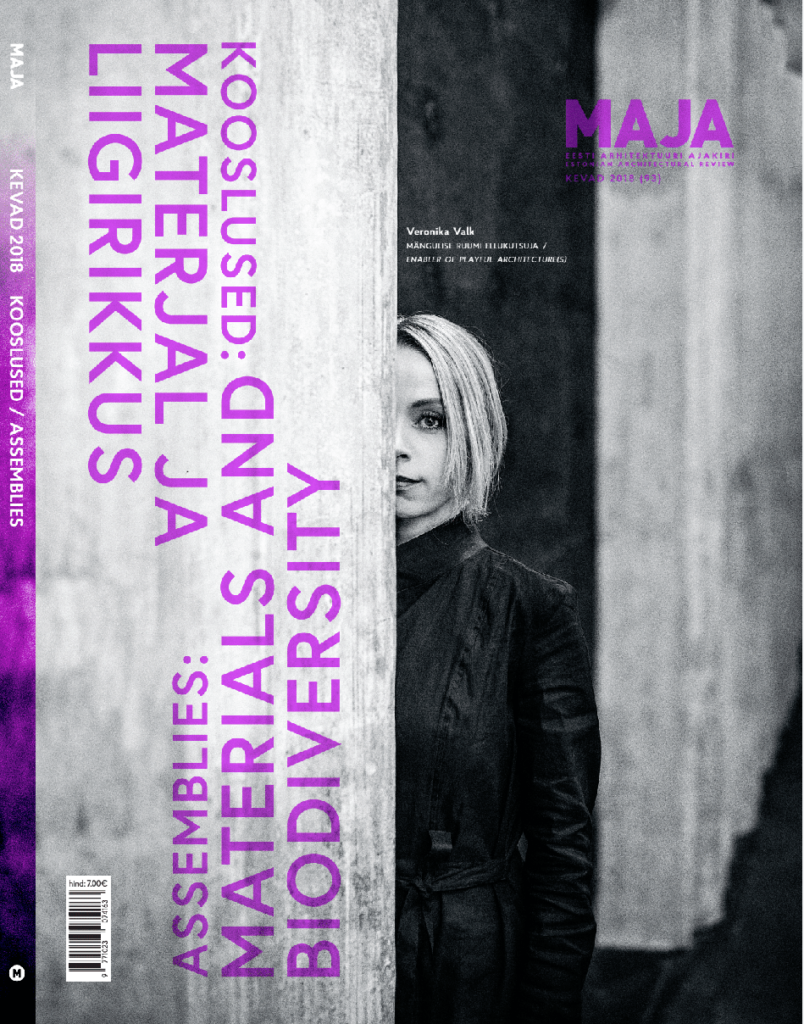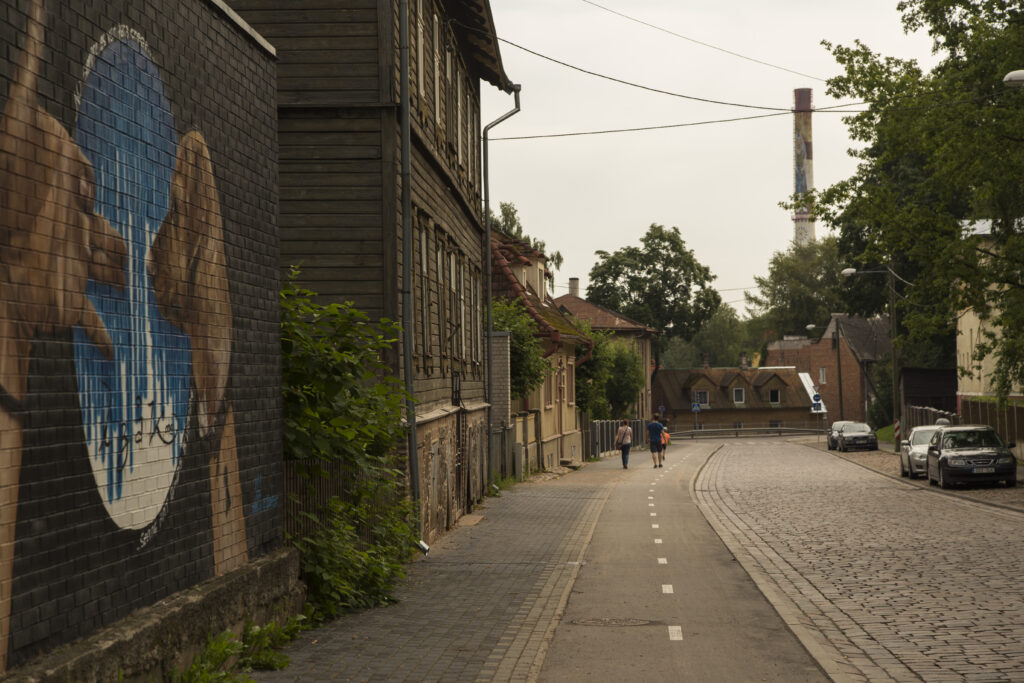It is no news to architects and real estate developers that the design of a new spatial environment usually begins with parking spaces as if it was the fundamental value. More and more practitioners, however, complain about the outdated mindset related to parking norms and the need for a new approach allowing to implement more sustainable decisions. Tartu city architect and the head of the spatial design department Tõnis Arjus discusses the city’s new ambitious online app considering the parking spaces according to the actual need.
Spatial design of a city is not a project with a clear beginning and end, but a continuous process, and a wickedly slow one at that.
The story of the completion of Reiniku School stadium building financed by EU through Osirys project is almost as complex and thrilling as the mythological tale of the god of resurrection and transformation Osiris.
The trio of landscape architects in Tartu represent the new obstinate generation who believe in nature’s power of self-organisation and assure that their cooperation will persist until Estonia is entirely covered with a high-quality public thicket.
This issue of Maja focusses on infrastructure, first and foremost on the architecture of street space. Good architecture creates unity, is capable of solving problems and enables what at first appear to be conflicting interests to be realised. Connections that go unmade in a[n urban] space are like missed opportunities.
It was not easy to aim for a better public space and more human-friendly and diverse street space. Creating an aesthetic city space and a functioning whole was an even more elusive task. It was difficult to explain to the mayor back then what I meant by social space. This combination of words probably gave him a different kind of idea, since the Social Democrats were still in opposition back then. And because all of these ideas were from the point of view of those who actually use urban space (in other words those who don't use cars), many thought they would inhibit progress.











